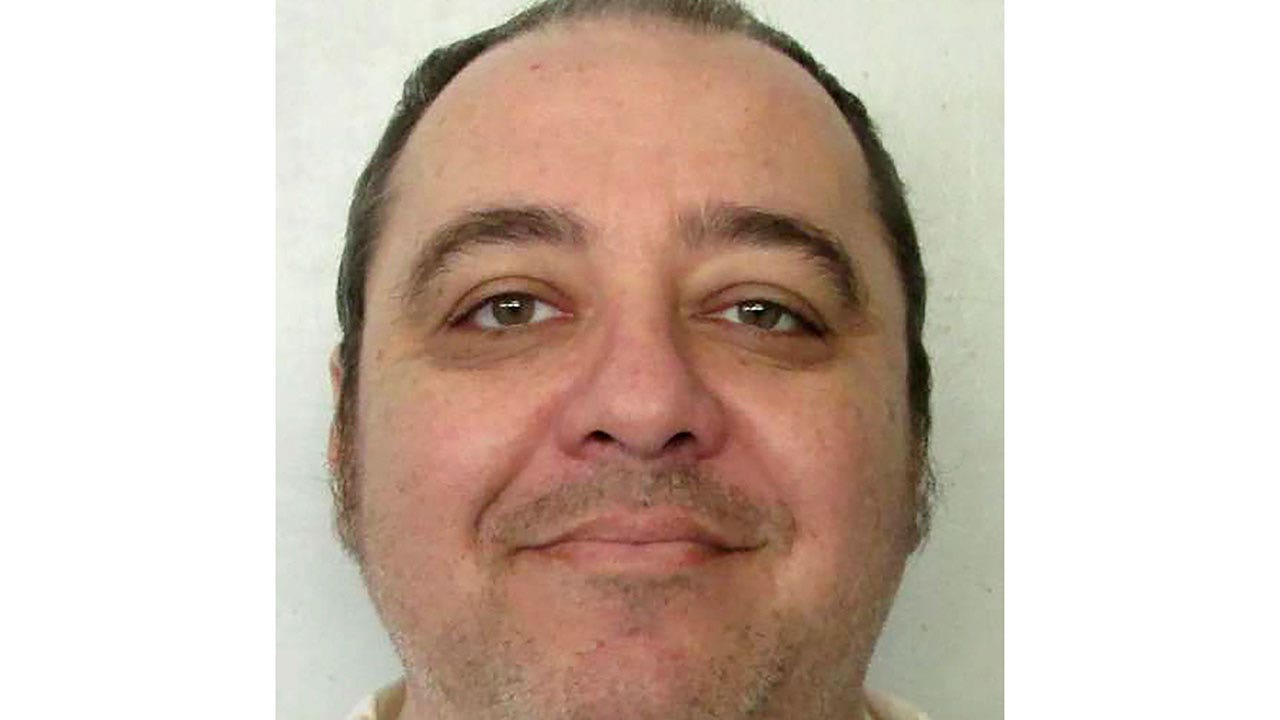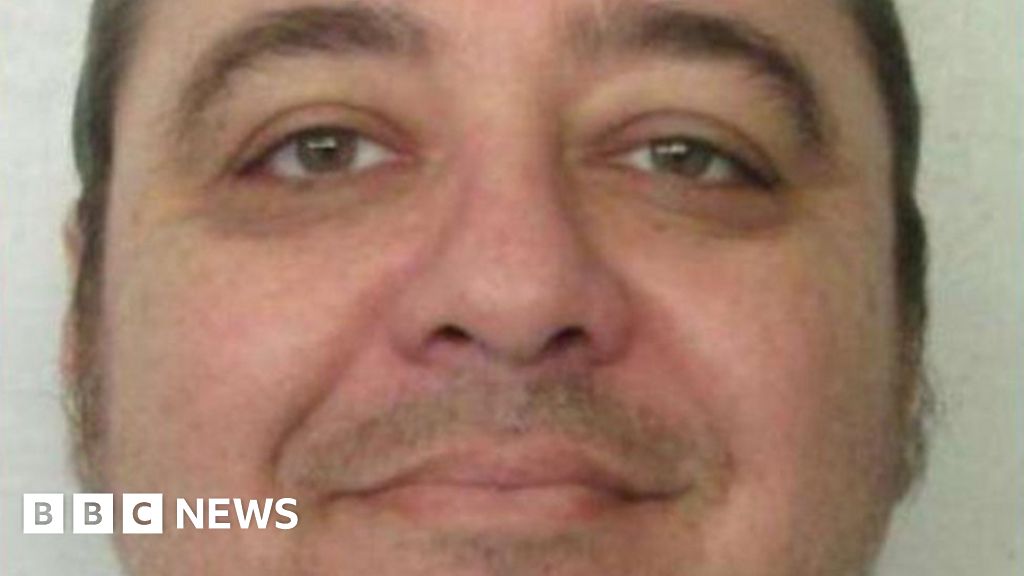
Alabama is set to execute Kenneth Eugene Smith, 58, by nitrogen hypoxia on Thursday. This will be the first time this method has been used in the US and potentially anywhere in the world. The controversial execution was initially scheduled for November 2022 but was botched due to issues finding a vein for lethal injection. Smith's accomplice, John Forrest Parker, was convicted of being an accessory to murder and executed by lethal injection in 2010. Smith has claimed that the state is trying to make him the 'test subject' for an untried execution method after he survived a failed attempt at lethal injection. The gas will cause an inmate to lose consciousness within seconds and die from oxygen deprivation, but critics say it is impossible to predict what will happen or how Smith will feel during the procedure.


